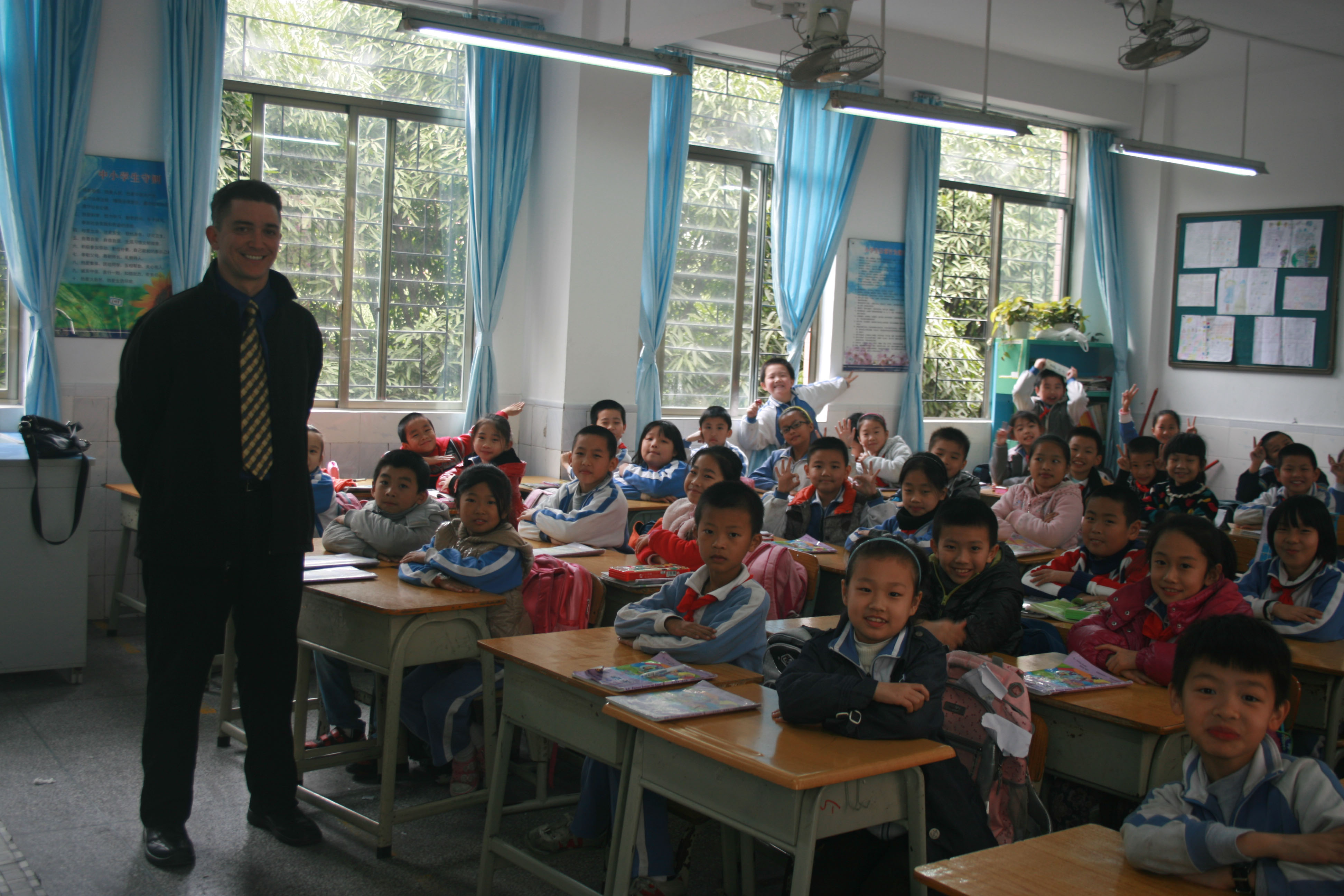Japan isn't alone in its struggles with teaching English. China and South Korea have experienced similar frustrations, but their responses and results have been quite different.
It's easy to compare the three nations because of their similarities: English is completely different from their native languages; they've all had limited immigration and haven't been completely colonized by an English-speaking Western power; and all three currently share low birth rates (though China has had an only-child policy that is just starting to be relaxed).
The most obvious difference between the three countries is scale. China's population is 1.35 billion while Japan and South Korea's are 127 million and 50 million, respectively. This is relevant to the number of English speakers education systems are producing — all three have a high-stakes college entrance exam on which English is a required subject. In 2013, 9.12 million students sat China's exam, the Gaokao, 650,000 sat Korea's College Scholastic Aptitude Test (CSAT) while 570,000 sat Japan's National Center Test. Furthermore, one of the requirements for an undergraduate degree in China is passing the College English Test (CET); in 2013, 9.38 million students sat this exam.



















With your current subscription plan you can comment on stories. However, before writing your first comment, please create a display name in the Profile section of your subscriber account page.